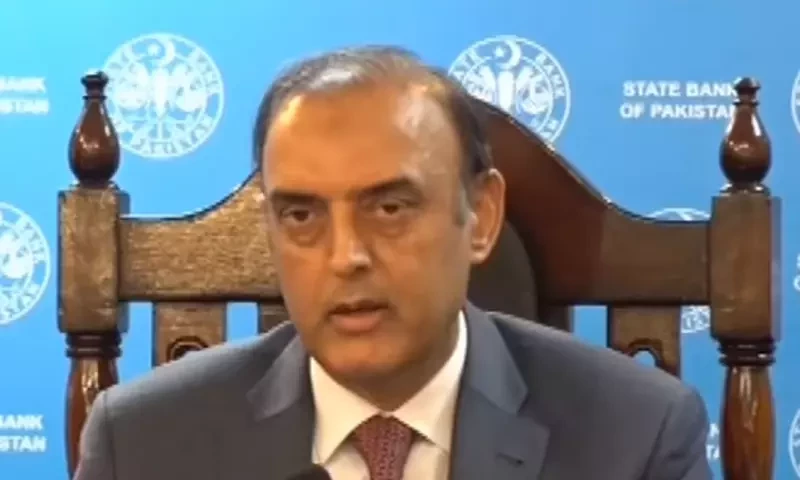The Ongoing Crisis in Gaza
The ongoing crisis in the Gaza Strip has taken a distressing turn as Israeli bombardment continues. In the midst of this conflict, Palestinians have reported receiving renewed warnings from the Israeli military, urging them to relocate from the north to the south of the strip. These warnings came with an ominous threat – those who chose to remain in the north could be identified as sympathizers of a “terrorist organization.” This unsettling message was delivered through leaflets bearing the name and logo of the Israel Defense Forces. Additionally, mobile phone audio messages were used to broadcast these warnings to the entire Gaza Strip.
The Urgent Warning
The message, in no uncertain terms, issued an urgent warning to the residents of Gaza’s northern regions: “Your presence north of Wadi Gaza puts your life in danger. Whoever chooses not to leave north Gaza to the south of Wadi Gaza might be identified as an accomplice in a terrorist organization.” The situation is dire, and this ultimatum has left many Palestinian families in an agonizing predicament.
Unrelenting Israeli Airstrikes
As the Israeli airstrikes continued through the night, the toll on the people of Gaza rose significantly. Tragically, at least 55 Palestinians lost their lives, raising the total number of casualties to over 4,300 since the outbreak of violence on October 7. According to Israeli officials, the conflict began with a surprise offensive by Hamas on October 7, which resulted in 1,400 fatalities and the taking of 212 hostages. Since then, Israel has subjected Gaza to relentless airstrikes and imposed a “total siege.”
Gaza on the Brink
The conflict’s impact on the Gaza Strip has been devastating. Israel has mobilized troops and armor along the Gaza border, raising concerns of an imminent land incursion. Their objective is to dismantle Hamas, the governing authority in Gaza since 2007. “We are going into the Gaza Strip to destroy Hamas operatives and Hamas infrastructure,” announced Chief of Staff Lieutenant General Herzi Halevi. The memories of the conflict two weeks prior continue to haunt the military’s decisions.
READ MORE: U.S. Navy Intercepts Missiles and Drones Launched by Houthi Movement from Yemen
Unprecedented Threats
The Israeli military made it explicitly clear that they have “no intention to consider those who have not evacuated as a member of the terrorist group.” However, the starkness of the warning – that those who stay in the north could be identified as terrorists – is a novel development in this ongoing conflict. Palestinians report that previous calls to move south did not come with such grave implications. The situation is further complicated by the fact that moving south remains perilous due to continued airstrikes and attacks.
Humanitarian Crisis
The humanitarian crisis in Gaza has reached a critical juncture. Gaza’s Health Ministry reports that Israel’s air and missile strikes have taken the lives of over 4,385 Palestinians, including hundreds of children, while displacing more than a million people out of the territory’s 2.3 million population. The destruction is staggering, with more than 30 homes razed in the hours following a military spokesman’s announcement of increased raids.
International Concerns
The repercussions of this crisis are not limited to the Gaza Strip. Fears have escalated that the Israel-Palestinian conflict could expand throughout the Middle East. The United States, in response, has deployed more military assets to the region as Israel continues its attacks on Gaza and targets in Syria and Lebanon. An Israeli missile attack hit Damascus and Aleppo international airports in Syria, and cross-border fighting in Lebanon has intensified.
U.S. Support for Israel
U.S. Secretary of State Antony Blinken has cautioned Lebanon’s caretaker Prime Minister Najib Mikati about the potential consequences for the Lebanese people if the conflict escalates. The U.S. is committed to supporting Israel and has sent additional military assets to the Middle East in response to perceived threats from Iran and its proxy forces.
The Humanitarian Response
Amidst the escalating conflict, a glimmer of hope emerged as the first humanitarian aid convoy entered Gaza through the Rafah border crossing. This aid, consisting of 20 trucks, carried life-saving supplies and was received by the Palestinian Red Crescent. However, the volume of goods received is only a fraction of what is urgently required to address the dire situation in Gaza.
A Plea for Peace
The situation in the Gaza Strip remains highly volatile, with ongoing airstrikes and a potential land incursion. The toll on civilians, especially children, is devastating. It is imperative for the international community to work towards a peaceful resolution to end this prolonged conflict and alleviate the immense suffering of the Palestinian people.
Conclusion
The ongoing crisis in Gaza continues to escalate, with Israeli warnings and airstrikes intensifying the humanitarian crisis. The threat of identifying those who remain in the north as sympathizers of a terrorist organization adds a troubling dimension to the conflict. The international community must prioritize efforts to reach a peaceful resolution and address the urgent humanitarian needs in Gaza.




